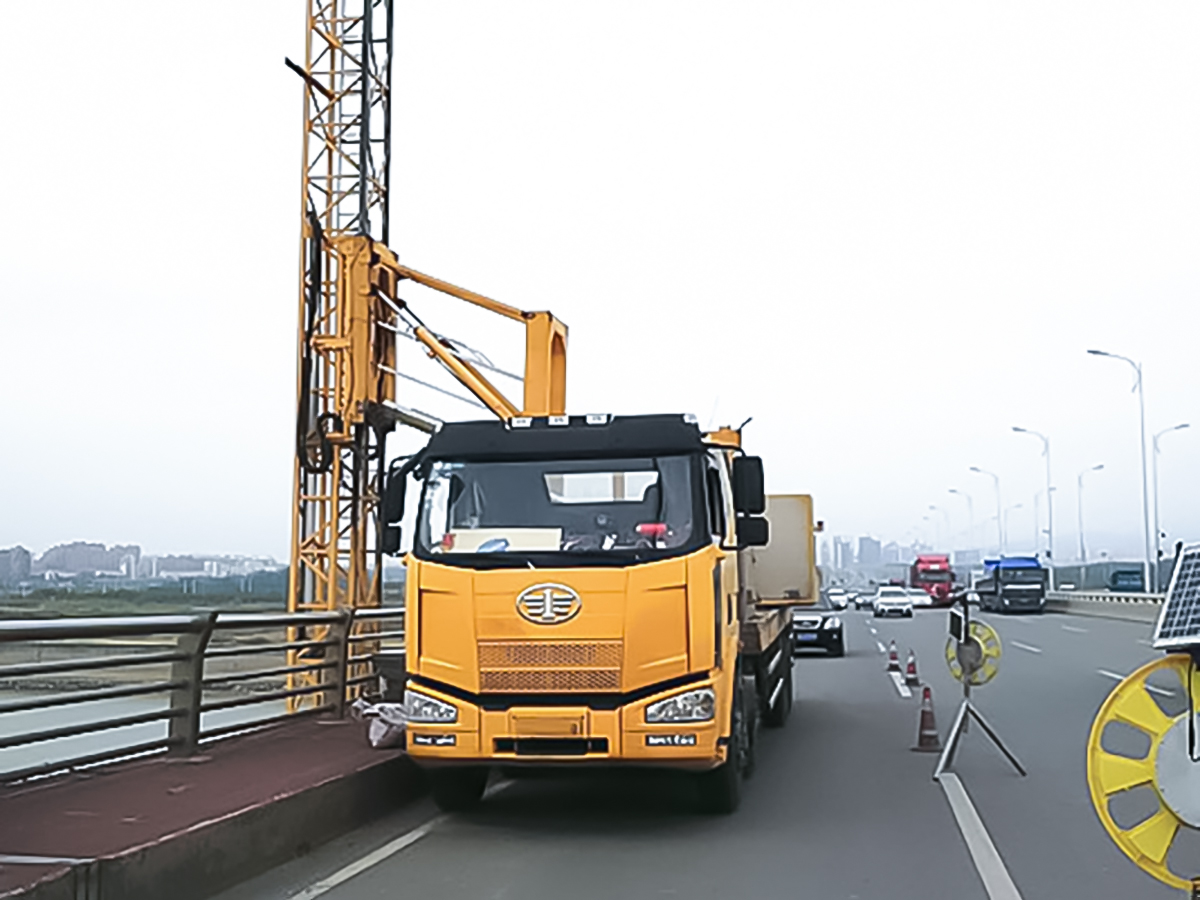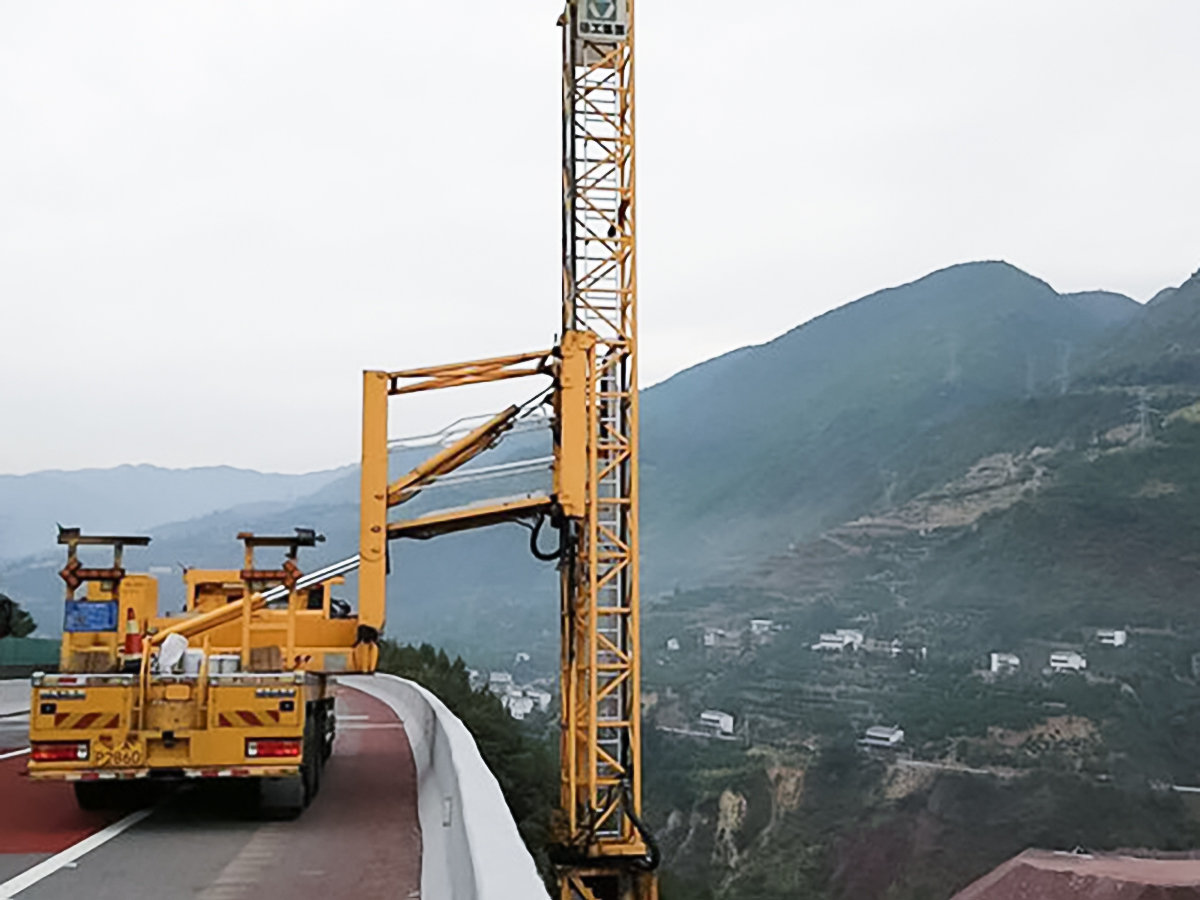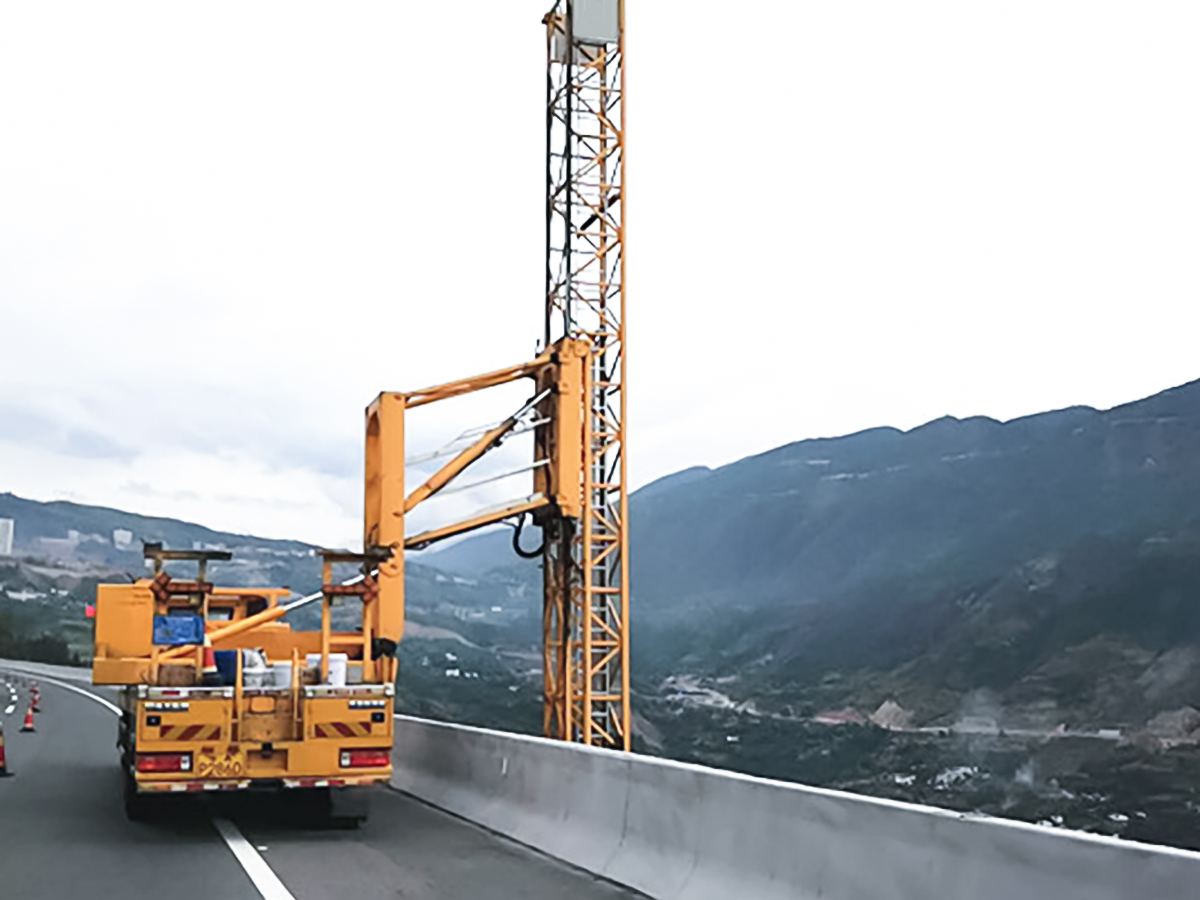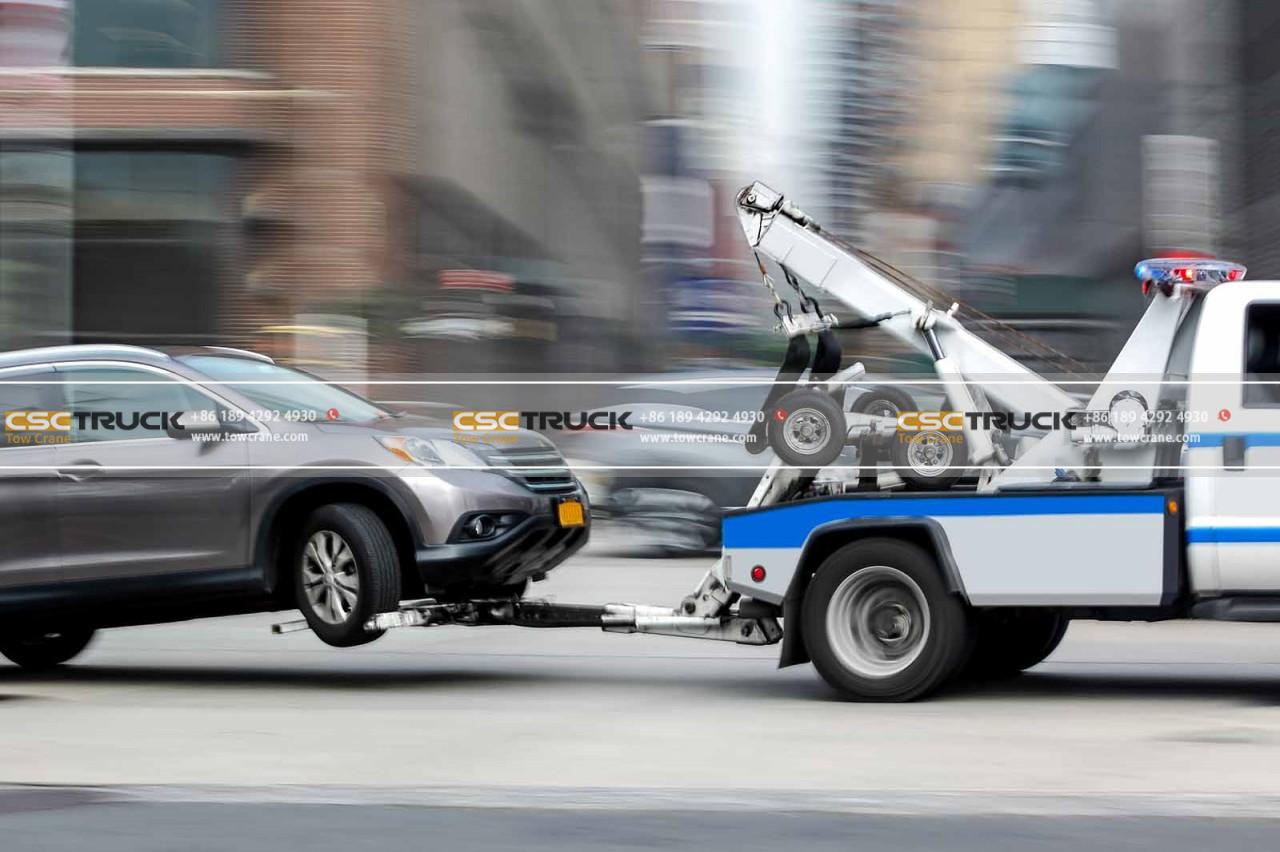Bridges are a vital component of any country’s infrastructure, serving as arteries for transportation and commerce. However, ensuring their safety and longevity requires meticulous inspection and maintenance. Bridge inspection units play a crucial role in this process, employing advanced techniques and technologies to streamline infrastructure maintenance efforts. In this article, we delve into the significance of bridge inspection units, their methodologies, and how they contribute to the safety and efficiency of our infrastructure.
Understanding Bridge Inspection Units
Bridge inspection units are specialized teams or organizations responsible for evaluating the condition of bridges and other elevated structures. Their primary objective is to identify any structural deficiencies, corrosion, or wear and tear that could compromise the integrity of the bridge. These units employ a variety of inspection techniques, ranging from visual assessments to advanced non-destructive testing methods.
Importance of Streamlining Maintenance Efforts
Efficient maintenance of bridges is essential for several reasons. Firstly, it ensures the safety of the public and minimizes the risk of catastrophic failures. Secondly, regular maintenance prolongs the lifespan of bridges, reducing the need for costly repairs or replacements in the long run. Lastly, well-maintained bridges contribute to the smooth flow of traffic and facilitate economic activities by minimizing disruptions caused by maintenance activities.

Methodologies Employed by Bridge Inspection Units
Bridge inspection units utilize a combination of methodologies to assess the condition of bridges comprehensively. Visual inspections, which involve physically examining the bridge components, are often the first step in the inspection process. Additionally, non-destructive testing techniques such as ultrasonic testing, magnetic particle testing, and ground-penetrating radar are employed to detect hidden defects without causing damage to the structure.
Integration of Technology
Advancements in technology have revolutionized the field of bridge inspection. Unmanned Aerial Vehicles (UAVs) or drones equipped with high-resolution cameras and LiDAR (Light Detection and Ranging) sensors are increasingly being used to inspect bridges from above. These aerial surveys provide detailed imagery and 3D models, allowing inspectors to identify potential issues with greater accuracy and efficiency.
Furthermore, the integration of Artificial Intelligence (AI) and Machine Learning (ML) algorithms enhances the analysis of inspection data. These algorithms can identify patterns and anomalies in large datasets, enabling inspectors to prioritize maintenance activities based on risk assessment models.
Streamlining Maintenance Processes
Bridge inspection units play a crucial role in streamlining maintenance processes by adopting innovative strategies and technologies. One such strategy is the implementation of predictive maintenance techniques. By continuously monitoring the structural health of bridges using sensors and IoT (Internet of Things) devices, potential issues can be identified in real time, allowing for proactive maintenance interventions before problems escalate.
Moreover, the use of data-driven decision-making tools enables bridge owners and managers to optimize resource allocation and scheduling of maintenance activities. By analyzing historical inspection data and performance metrics, they can identify trends and patterns, allowing for more efficient planning and budgeting.

Collaborative Efforts and Knowledge Sharing
Effective maintenance of bridges requires collaboration and knowledge sharing among various stakeholders, including government agencies, engineering firms, and research institutions. Bridge inspection units often collaborate with academic researchers and industry experts to develop new inspection techniques and technologies.
Additionally, the establishment of standardized inspection protocols and best practices ensures consistency and quality across different jurisdictions. Organizations such as the Federal Highway Administration (FHWA) in the United States provide guidance and support to bridge inspection units through training programs and certification requirements.
Case Studies: Success Stories
Several success stories highlight the effectiveness of bridge inspection units in streamlining maintenance efforts and ensuring the safety of bridges. For example, the Pennsylvania Department of Transportation (PennDOT) implemented a proactive bridge inspection program that utilizes UAVs for aerial inspections. This initiative has significantly reduced inspection times and costs while improving the accuracy of assessments.
Similarly, the Japanese government has developed advanced inspection robots capable of navigating through confined spaces and conducting detailed inspections of bridge components. These robots can detect cracks, corrosion, and other defects with precision, allowing for targeted maintenance interventions.

Conclusion
Bridge inspection units play a critical role in ensuring the safety, reliability, and longevity of bridges. By employing advanced inspection techniques, integrating technology, and streamlining maintenance processes, these units contribute to the efficient management of infrastructure assets. Collaborative efforts and knowledge sharing further enhance their effectiveness, leading to safer and more resilient bridges for the benefit of society as a whole. As we continue to face challenges such as aging infrastructure and climate change, the role of bridge inspection units will only become more vital in safeguarding our transportation networks and supporting economic growth.









